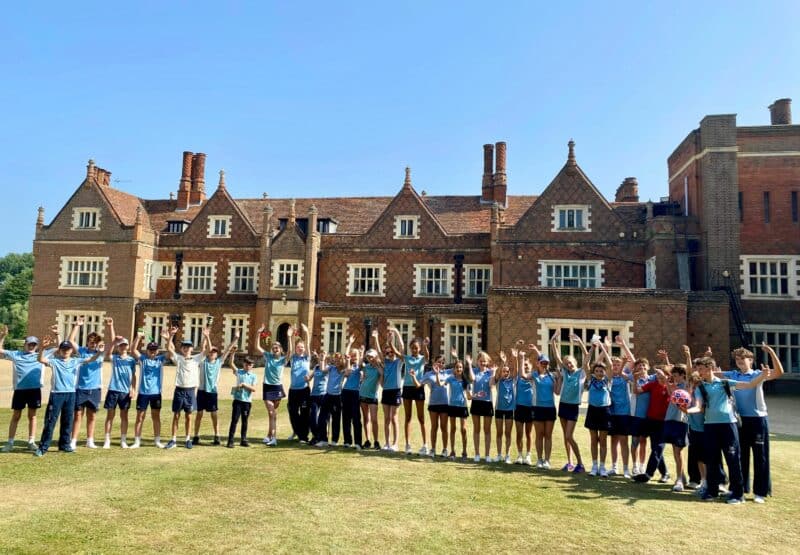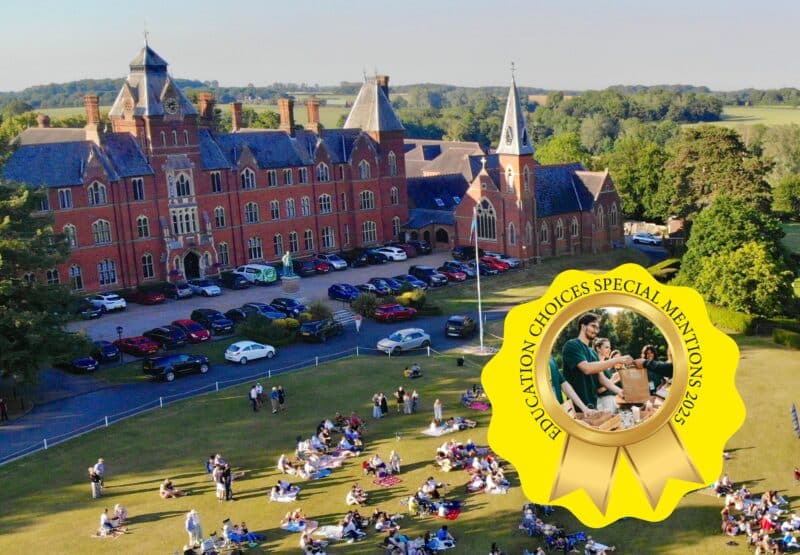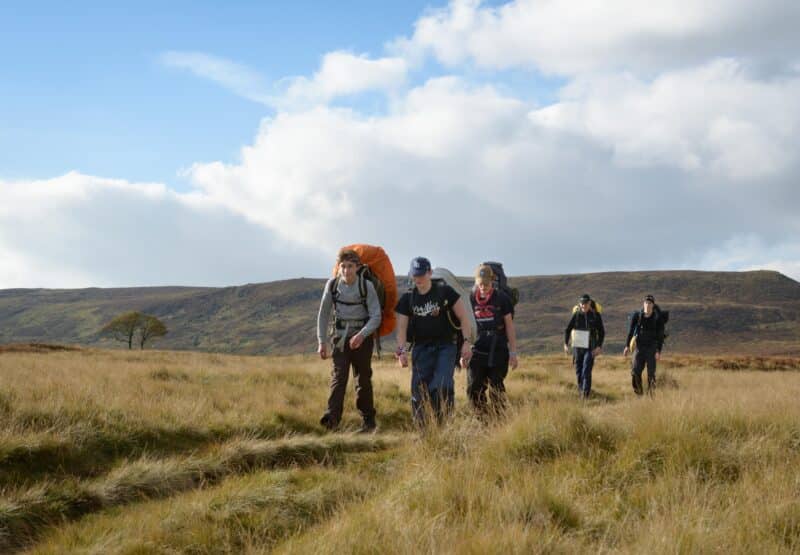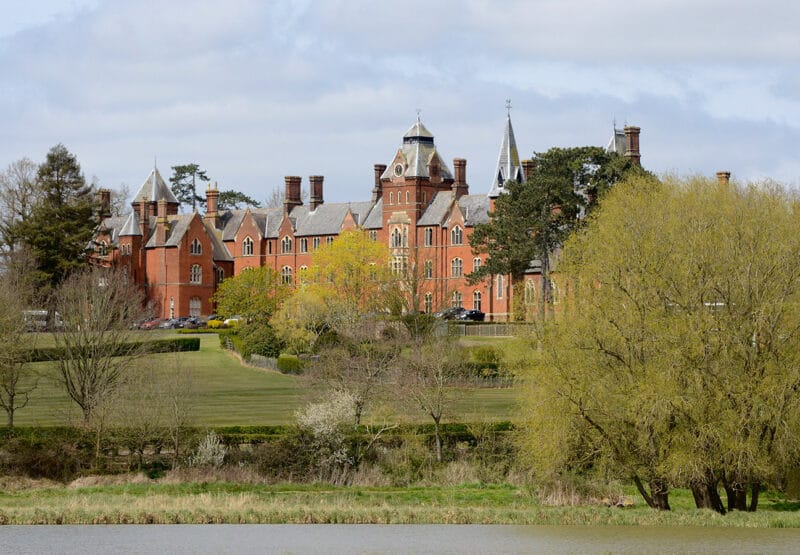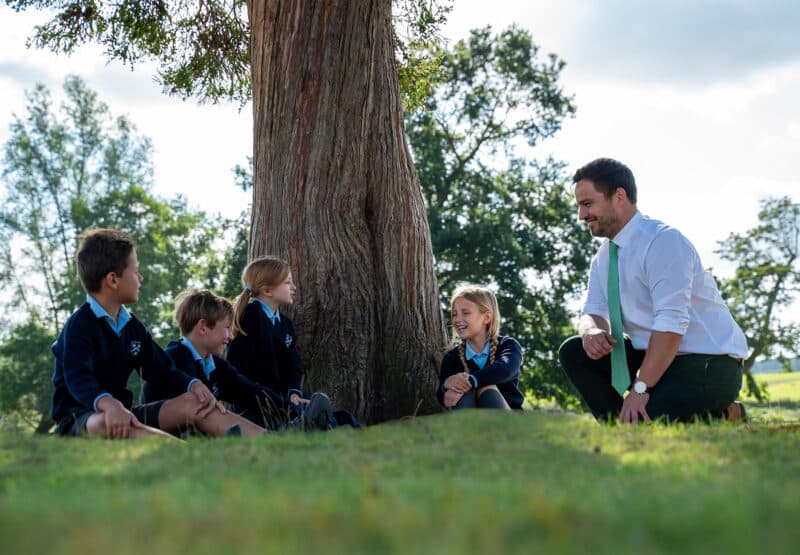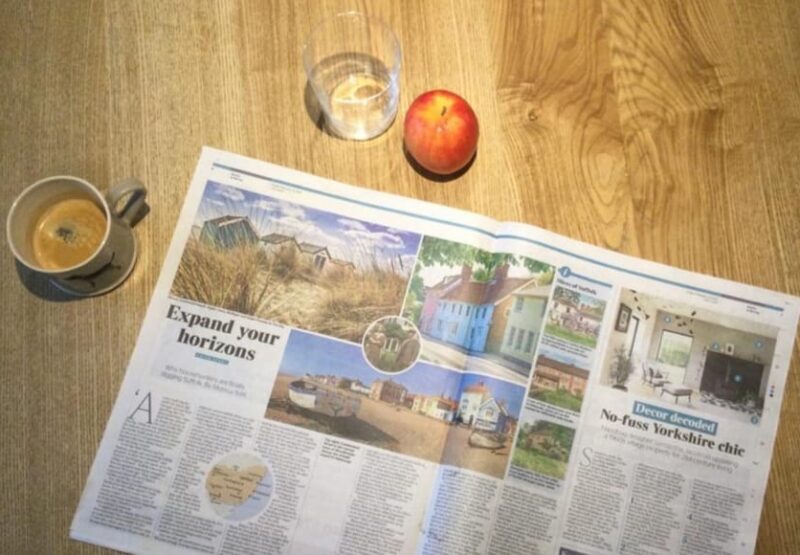Today is Founders’ Day. The day where we remember those men who founded Framlingham College, our wonderful school.
The reason we are here, in these buildings, is because of Prince Albert, in whose memory our Founders built the school and you will hear shortly about the different founders.
Prince Albert believed in the power of Art and Technology to inspire everyone and he was at the forefront of modern science, art appreciation and art education.
He showed considerable aptitude in the natural sciences, languages, art and music. He was an accomplished organist, singer and composer, having a deep feeling for and knowledge of music.
Prince Albert also believed in photography as an art form, and of its value as a historical record and a means to share knowledge. During his lifetime, he cultivated a collection of some 10,000 photographs. That was in the days before smart phones!
He was also an amateur painter and had a passion for Raphael. His Raphael Collection is an indispensable visual resource for the study of Raphael’s work. As President of the Fine Arts Commission, Prince Albert bore the chief responsibility for the organisation of the scheme for the decoration of the new Palace of Westminster. He was elected as Chancellor of Cambridge University in 1847 and played a large part in reviving the spirit of learning there. He also founded the Institution which was to become Imperial College in London, the first British university to be dedicated to scientific research.
Prince Albert’s was a humanitarian, speaking out against slavery and child labour. He took an active interest in all aspects of Army organisation. He urged reform championed a new award for acts of extreme valour: the Victoria Cross
Prince Albert was also a loving husband to the Queen, and a dad, to 9 children. Family life and family values mattered to him.
One of Prince Albert’s greatest achievements was the 1851 Great Exhibition of the works of Industry of all Nations.
This was the first international exhibition of its kind. It was a chance to show off just how great Britain was, but Prince Albert also invited countries from around the world to bring their own exhibits, to encourage trade and establish British superiority.
The exhibition was big. So big that that some of Hyde Park’s trees ended up inside the finished building. The crowds were huge, it was the place to go, whether you were an A-list celebrity or a person on the street. Charles Darwin and Charles Dickens were two of the more notable attendees, and over four and a half million of the cheapest day tickets were sold, making it accessible for everyone.
The legacy of the Great Exhibition lives on because the surplus profits were enough to build the Natural History Museum, Science Museum and the Victoria & Albert Museum, as well as set up trusts to fund research and development that still exist today.
So that, in a nutshell, tells you a little more about Prince Albert.
He wanted to inspire other people, and he believed in the power of education to do this. We have a responsibility to him and to our Founders to ensure that his legacy lives on, through our continued celebration of learning, curiosity and enquiry and our determination to stand by our values of perseverance & respect, kindness & integrity, courage & aspiration.

